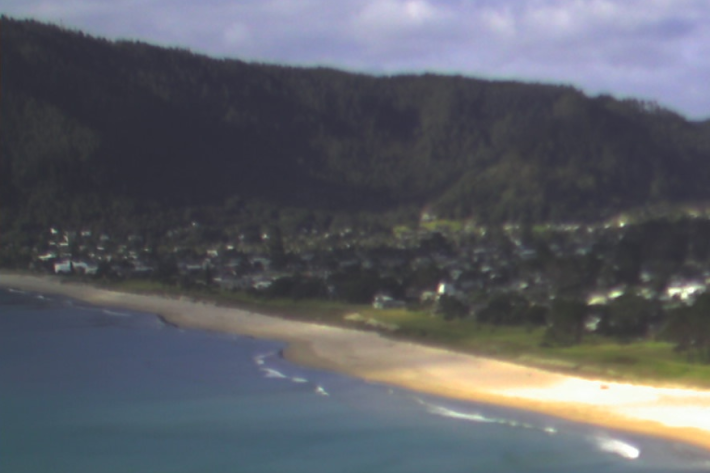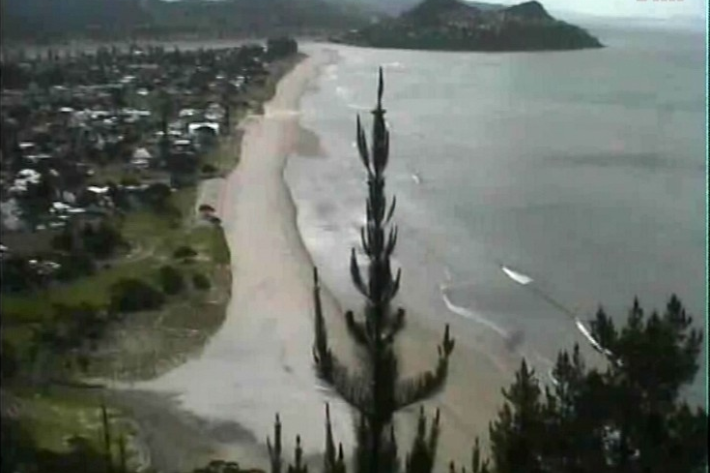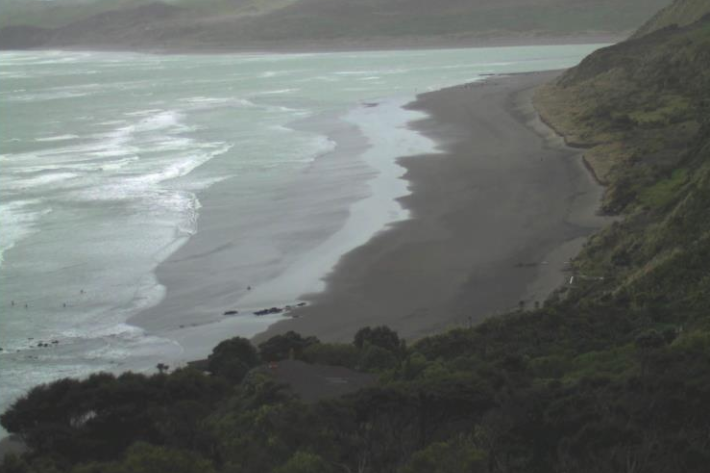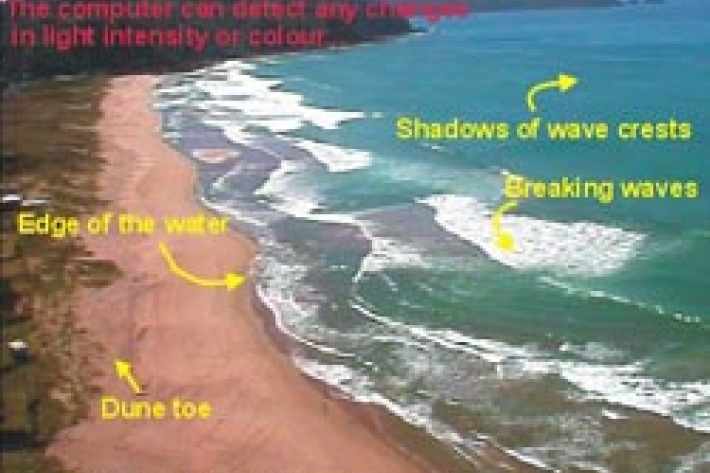Each hour, cameras spread throughout New Zealand automatically make contact through the phone lines with a central computer at the National Institute of Water and Atmospheric Research. The images for each site are then archived (for subsequent research purposes) and placed on the World Wide Web for your use.
A series of cameras has been established since this project started in August 1997.
Computer-controlled video cameras monitor the environment (for data collection and research) while simultaneously providing images for beach-goers, such as surfers and swimmers.
Service type: Observational / Raw Data
Contact
If you have any comments or queries you’d like to make about Cam-era, please contact the Cam-era team.
Cam-era
-
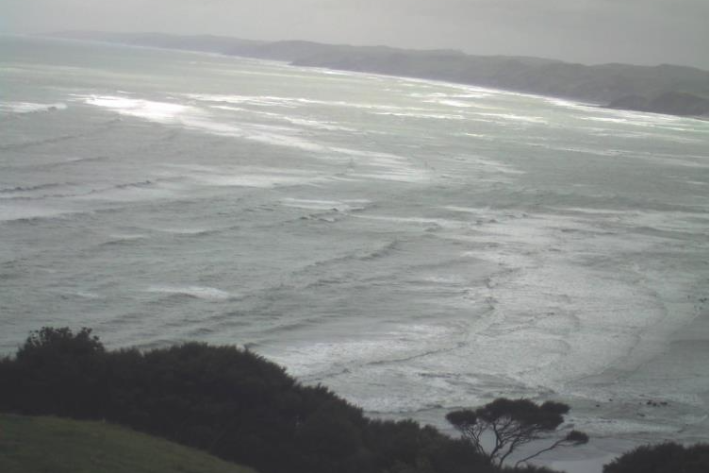
Raglan A
This web camera is available thanks to the support of Waikato Regional Council. -

About the Project
Computer-controlled video cameras monitor the environment (for data collection and research) while simultaneously providing images for beach-goers, such as surfers and swimmers. -

Cam-Era for You
Water Levels: Our Cam-Era installation on the Ashburton River overlooks a hapua or coastal lagoon. We know the exact location of several posts in the front of the image, and we can use these and the position of the camera to back-calculate the water level.
What Cam-Era can do for you
Every day we come up with new things that Cam-Era can monitor. -

Feedback & Links
Feedback
If you have any comments or queries you’d like to make about Cam-Era, please contact the Cam-Era Team [ [email protected] ].
Links
Other web camera sites in New Zealand include:
www.surf.co.nz
www.windsurf.co.nz
Cam-Era images help beach users to recognise dangerous surf conditions such as high waves and the location of rip currents. More information is available from Water Safety New Zealand.
The Argus project, at the Coastal Imaging Lab at Oregon State University, is where the whole idea of monitoring coastlines using remote video links originated. -

Collaborators
Cam-Era has been developed through collaboration with:
Ministry for the Environment (MfE)
National Institute of Water and Atmospheric Research (NIWA)
Coastal Marine Group, Department of Earth Sciences, University of Waikato
Institute of Information Sciences and Technology, Massey University
Environment Waikato
Environment Bay of Plenty
Environment Canterbury
Eastland Port
Westgate Ltd (Port Taranaki)
Taranaki District Council
Tourism Taranaki
Taranaki Polytechnic
WEBCAM New Zealand
Port of Greymouth -
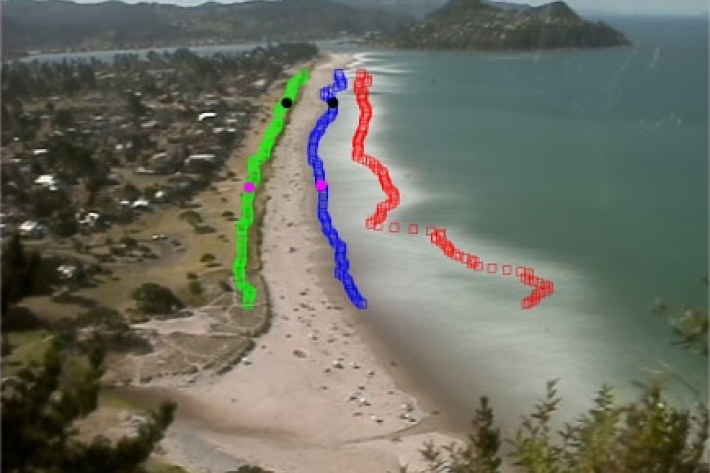
Shoreline Detection & Beach Width
Beach width (defined as the distance between dune crest and shoreline position at high tide) is an important parameter measuring the 'health' of a beach. -

Forecasting Rip Currents
Rip currents are approximately shore-normal, seaward-directed jets that originate within the surfzone and broaden outside the breaking region. Velocities exceeding 2 m/s have been measured, so they pose significant dangers to beachgoers, as they can pull even the strongest swimmers into deep water. It is therefore desirable to predict the presence of rips currents to forewarn beachgoers and lifeguards.We explored a method of forecasting rip occurrence from offshore wave forecasts. -

Technology and Equipment
Cam-Era consists of a number of remote sites around the coast of New Zealand connected via the internet to NIWA’s servers.


